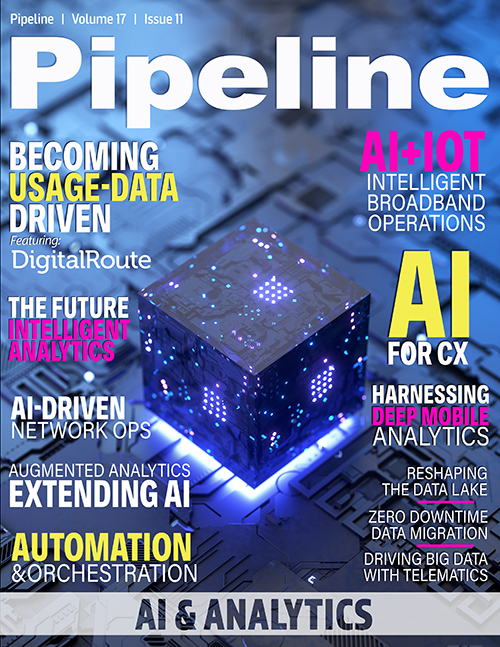An AI-Driven Future for Network Operations
Once data is available, clustering takes place. The algorithm assigns the observed data patterns to one of the possible clusters, each associated to a possible network behavior. At this stage, in which data gets labelled and classified, the design intervention of a microwave subject matter expert becomes paramount to ensure the network training isn’t biased, compromising any future result.
Furthermore, data can be gathered externally to the network and correlated with the mined performance data to create a deeper understanding of the network behavior, especially if we consider the propagation aspects. In the same way, some network data can be offered externally to fulfill other applications outside the telco world.
Case study: live network deployment
Let’s bring these benefits to life with two different applications. One targets a repetitive process that is tedious to carry out but has critical impact. The other is impossible to carry out manually. Both applications are aiming to simplify operational activities and speed up time of intervention, resulting in significant cost savings.
The first application targets software upgrades for network elements. This is usually carried out manually during off-peak time with a rigid sequential process. An application can map the entire network topology, optimize the software download policy, plan the activity, and execute it autonomously, reducing the upgrade activity time fivefold. Furthermore, the application can include in its planning any operator-specific constraints or policy guideline. The estimated benefit to an operator with 25,000 links—the average number of microwave radios in a European operator, as mentioned earlier—is cost savings of over €1 million annually.
The second application matches the traffic requirements with the available physical resources, monitoring the network traffic in real time and optimizing hardware resources accordingly. When the network is running at an off-peak time, for example overnight, traffic needs are much less compared to the daytime peak time or even day-average needs. In this scenario, the application can switch off the extra capacity when it isn’t needed, with relative power consumption and CO2 savings. In this scenario, the estimated cost savings from higher energy efficiency amounts to €100,000 annually for every 5,000 nodes.
An AI-driven future
SDN and AI-driven applications will change the future of network management, especially at the operational level. There will be a gradual shift toward proactive and preventive management of the network, as the AI application will relentlessly monitor the network performance. This change will offer mobile operators the means to see through the mist of big data, turning it into an asset to be capitalized on to ensure the network is operating at his best.
The relationship between network engineer and supervision tools will become even more important as AI will be capable of bringing to light a series of activities, upgrades, and maintenance. These will need to be validated, planned, and executed to maximize network uptime and flawless service delivery. Furthermore, knowing where and in what to invest will improve the spending lifecycle and increase ROI.



















